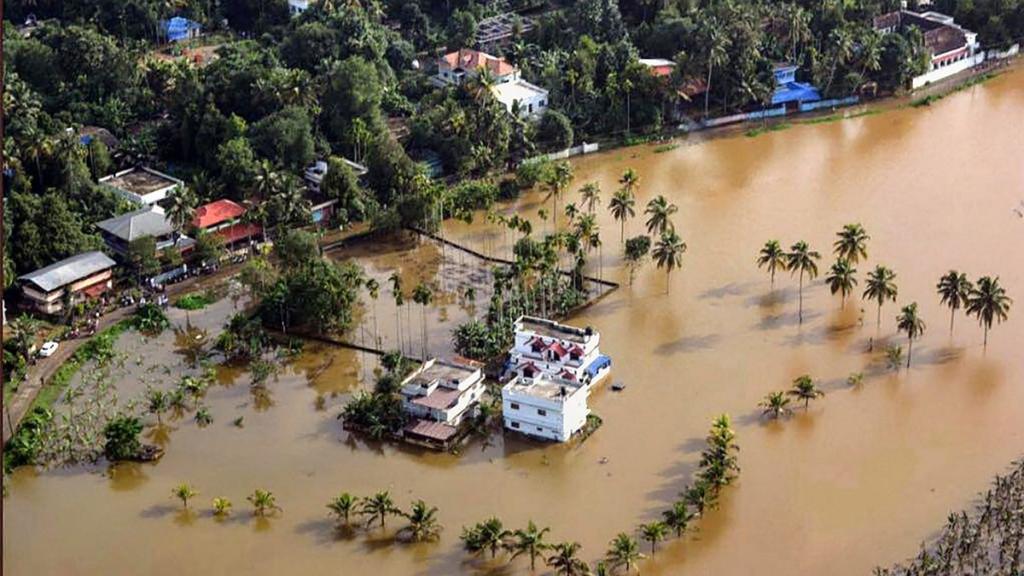
Floods occur when excessive rainfall beyond normal levels results in the overflow of water on the land. It can also occur due to the increase in water in water bodies like rivers, oceans and lakes. Floods cause mass destruction so severe that it takes years to repair the damage caused.
The Indian State Of Kerala was recently devastated by its worst floods in almost a century. Over 450 people died. Most of the casualties were caused by landslides. Thousands of homes were damaged with more than a million-people taking shelter in relief camps.
The state was forced to open the gates of 35 of its 39 dams. Officials and experts have said the floods would not have been so severe if authorities had gradually released water from the dams.
Those living near the banks of Kerala’s biggest river, the Periyar, say the sudden opening of the dams without proper warnings to those living downstream was a big factor for the devastation.
Kerala is one of India’s wealthiest states and has seen rapid development of luxury resorts and residential complexes in violation of the government set rules and guidelines.
Environmentalists says deforestation was one of the main reasons for the floods.
The uncontrolled construction on Kerala’s river banks caused deforestation and destruction of the trees that previously acted as shields against soil erosion, increasing the risk of floods and landslides.
These are all man-made reasons that the state chose to ignore for many years.
The extreme rainfall, and hence floods, in Kerala can also be attributed to climate change.
Disasters like these need not be death sentences. Disaster risk reduction, preparedness, and collective action from all concerned can make the difference between life or death.
It may not be possible to prevent floods, but it is possible to reduce the devastation.
Listed below are a few ways to mitigate the risks of floods:
- Better Flood Warning systems: These will give people more time to take action carefully resulting in the saving of lives. Pre- planning can reduce the impact of the flood. The Uttarakhand floods of 2003 which killed over 5700 people could have been a far lesser disaster had proper warning systems were in place. The scenario was no different for the Kerala floods.
- Flood Barriers: Flood barriers like sandbags and concrete walls placed temporarily or permanently around buildings or at building entrances could keep floodwaters from entering the buildings.
- Urban planning: Government policies must be put in place whereby developers need to get permission before buildings are erected in full compliance to ensure that waterways and natural water resources are not blocked or destroyed to make way for land for new buildings.
According to reports Kerala suffered a total loss of Rs 31,000 crore in the floods.
The biggest challenges immediately ahead are cleaning of the flood-hit houses, rehabilitation, and prevention of water-borne diseases. Support has been pouring into the state from neighbouring states and countries and it is important to ensure that this support continues.
Like all natural calamities in human history, people always rise from the devastation, with hard lessons learned and being better prepared to survive the next test. It will not be any different for the people of Kerala whose collective spirit and sheer strength of will, will fast track them on the path to recovery.

Author Bio – Mohamed Zishan Riyad, 11 Years old from Sharjah, UAE.A participant of International Essay Competition, December.E-mail – riyad@spearhead-training.com

